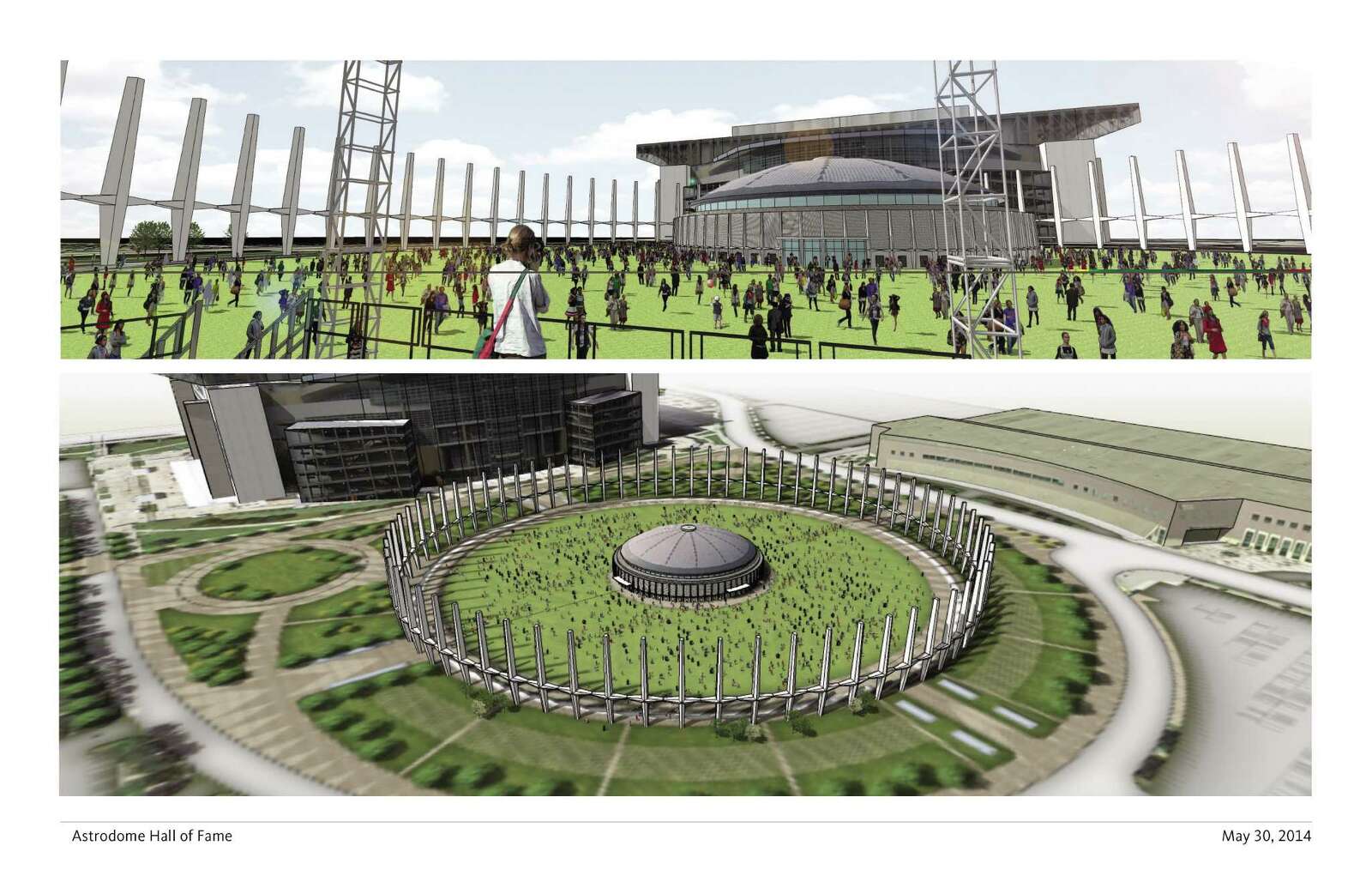Greg Wythe addresses one of the central questions about the proposed Astrodome Park in this comment that I thought was worth highlighting on the front page.
As it turns out, there are a number of apartments situated to the east and north of the Dome. Checking Census data, the counts on the area “un-highlighted” in this map view comes to 13,360 for the immediate Dome walking area.
If we look at just downtown, we have only 4,690 total people there to seed Discovery Green with foot traffic. So, on the surface, the Dome area is significantly better situated. If we factor in Midtown and a generous interpretation of EaDo, we get 13,243 people in the “un-highlighted” version of the downtown map. Still less than would be accessible to the Dome park.
Both maps are from roughly the same elevation, so the expanse of territory of those maps should give a good interpretation. Obviously, not all parts of downtown (let alone Midtown or EaDo) are considered “walkable” to Discovery Green and not all parts of the Med Center apartments are going to be “walkable” to a Dome park.
But even if the downtown area were more populated, I don’t think it would make a case in and of itself – highways and a rail line to the Dome generally mean easier access. If there’s a problem with the proposal, proximate population and access aren’t going to be among them.
Greg’s input – and his maps! – are always appreciated around here, so I’m glad he was inspired to do this bit of research. I have three takeaways from it.
1. It seems clear that the residential population around the Astrodome is not an impediment to it becoming a successful park like Discovery Green. Honestly, when you think about it, Houston’s best parks – here we include Hermann and Memorial, for starters – are destinations. People get there by whatever means is most practical to enjoy their amenities. If Astrodome Park is worth going to, people will go to it.
2. That said, I wouldn’t completely dismiss the walkability question, nor the point that Astrodome Park would be a small oasis of green surrounded by a sprawling desert of asphalt, which may have a dampening effect on attendance. Walkability is about more than just distance to travel, it’s about the experience and utility of walking as a mode of transportation. People associate walking with downtown, if only because wherever you’re going downtown, you’re likely going to park a couple of blocks away from it, and once you do park it’s often expensive and inconvenient to move and re-park. That asphalt desert that would encircle Astrodome Park feels like it might be a psychological barrier to the park. I don’t know how to test that hypothesis without actually building the park, and even I will admit that the total effect of what I’d describing here is likely to be minimal in reality, but I do think one reason why people are skeptical of the idea is because of this. It just doesn’t fit with our perception of the place. Of course, there were people saying the same thing about Discovery Green not too long ago, so take this all with an appropriate amount of salt.
3. Really, what Greg highlights here just enhances what Lisa Gray wrote about and I commented on: It’s the programming. The people that conceived, built, and now run Discovery Green have put a ton of work and a few million bucks into making it a place that people want to go. The evidence that we have so far is that other than invoking Discovery Green as an optimistic analogy, the proponents of Astrodome Park haven’t done any of that thinking or planning or fund-seeking. If and when they show their work on this, we can evaluate their plans and compare them to Discovery Green and see how we feel. Until then, it’s just some pictures on a set of PowerPoint slides.


Glad i caught up with this discussion.
I used to be the chair for Precinct #223, east of the Dome, in the mid-90’s. Not only did I spend a lot of time blockwalking it during election season, I can tell you that the reason we moved there — after ten years in Plainview, Midland, and St. Petersburg, FL — was so that I could walk to see Astros games. (And I did — perhaps thirty times over the course of a few years — in 30 minutes from front door to East gate.) The wife and I even bought season passes to Astroworld in ’93, our first back in Houston, and walked from our little loft on Holly Hall to the park a handful of times.
Of course there’s a walkable market for a park next to Reliant, and it’s a good one… far beyond football tailgating and Rodeo carnival crap. But there needs to be some shade over that park for it to reach its full potential.
The commissioners (Judge Emmett, I presume, speaks for them) want an exhibit hall, and the Rodeo/Texans do not. Somebody has to give, and if CC cedes to the R/T plan, then make them put a roof on it and pay at least 50% — or more — of the $66 million. And all unanticipated cost overruns.
I actually omitted the block group immediately to the west of NRG Stadium, which would have added 1,059 apartment dwellers to the area surrounding the proposed park. Just in case anyone was checking my math.